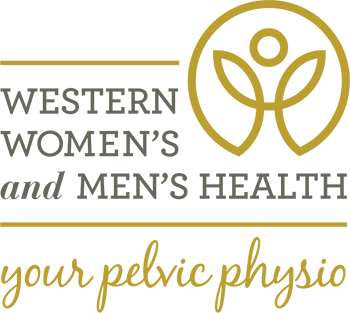
10 Jun DRAM : Diastasis Rectus Abdominis muscle separation
What is Diastasis Rectus Abdominis muscle separation?
Abdominal muscle separation, also known as Diastasis of the Rectus Abdominus Muscle (DRAM) is the separation of the rectus abdominis muscle.
Being diagnosed with muscle separation can be scary and DRAM can become a problem if the muscles stay separated postnatally but we are here to tell you that its absolutely normal to have an abdominal muscle separation post birth. In most cases there is minimal separation after 18 months and our bodies are exceptional at self healing. If diagnosed earlier it can be managed by a professional like a Women’s health physiotherapist.
How can you tell if you have DRAM?
You can perform this simple test to see if you are experiencing DRAM
- Lie on your back with your knees bent. Place your index and middle finger over your navel. Lift your head and shoulders off the floor as if you a performing an abdominal crunch.
- Lift your head and shoulders off the floor as if you a performing an abdominal crunch.
- Hold the lift and press your fingers down into your stomach. Feel for a gap between the left and right side of the abdominal muscles. If you have a gap of more than two finger widths, that is a sign of DRAM.
Our Women’s Health physio’s can assist with the following to help with your healing process.
- We can provide guidance and information during a 6 week post partum check about exercises to avoid, like ab crunches, lifting weights heavier than your baby immediately after giving birth.
- Recommend supportive garments like tubi-grips and leggings.
- Provide simple core activation exercises like pelvic tilts in supine , sitting, standing and all fours early post partum.
- Diaphragmatic breathing which can support overstretching of the abdominal fascia and help healing.
Contact our Clinic on 9749 5110 and book an appointment with one of our Women’s Health Physio today for a 6 week post partum check.
